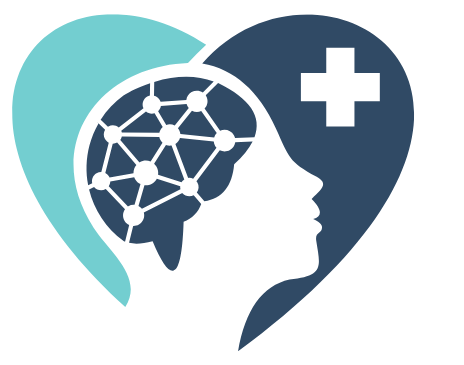Bias refers to conscious and unconscious preference for one thing over another. Cognitive bias impairs our ability to make objective judgments. When we have cognitive bias, it impacts our decision-making and influences our behavior. In psychology, there are several examples of cognitive bias that have been found to influence human behavior. Following are ten examples of common types of bias that could be shaping your own perceptions, decisions, and behavior:
- Confirmation Bias: The tendency to search for, interpret, favor, and recall information in a way that confirms one’s preexisting beliefs or hypotheses, while ignoring or undervaluing contradictory evidence.
- Anchoring Bias: The tendency to rely too heavily on the first piece of information encountered when making decisions, even if it’s unrelated or irrelevant to the current context.
- Availability Heuristic: The tendency to overestimate the probability or frequency of events based on how easily they come to mind or how readily available they are in memory.
- Gambler’s Fallacy: The belief that previous events in a random sequence will influence future events, even though each event is independent and unrelated to what came before.
- Hindsight Bias: The inclination to believe, after an event has occurred, that one would have predicted or expected the outcome accurately, despite lacking objective evidence for such a prediction beforehand.
- Overconfidence Effect: The tendency to overestimate one’s own abilities, knowledge, or the accuracy of one’s judgments and predictions.
- Framing Effect: The influence of how information is presented, or “framed,” on decision-making or judgment. The same information can evoke different responses depending on how it is framed.
- Bandwagon Effect: The tendency to adopt beliefs or behaviors simply because many other people hold them, without critically evaluating the evidence or reasoning behind those beliefs. This is often referred to as “group think.”
- Sunk Cost Fallacy: The inclination to continue investing time, money, or resources into something because one has already invested a significant amount, even if the expected return is low or nonexistent.
- Negativity Bias: The heightened sensitivity to negative information or events compared to positive ones. Negative experiences or information tend to have a stronger impact on our thoughts, emotions, and behavior.
These are just a few examples of the many cognitive biases that have been identified in psychology. It’s important to note that these biases are not necessarily indicative of a psychological disorder but are common tendencies in human thinking and decision-making.
Photo by Meo. Created by AI on June 1, 2023. Edited by Sarah Kress.

